Home>Gardening & Outdoor>Pool & Spa Care>What Happens If PH Is Too High In Hot Tub
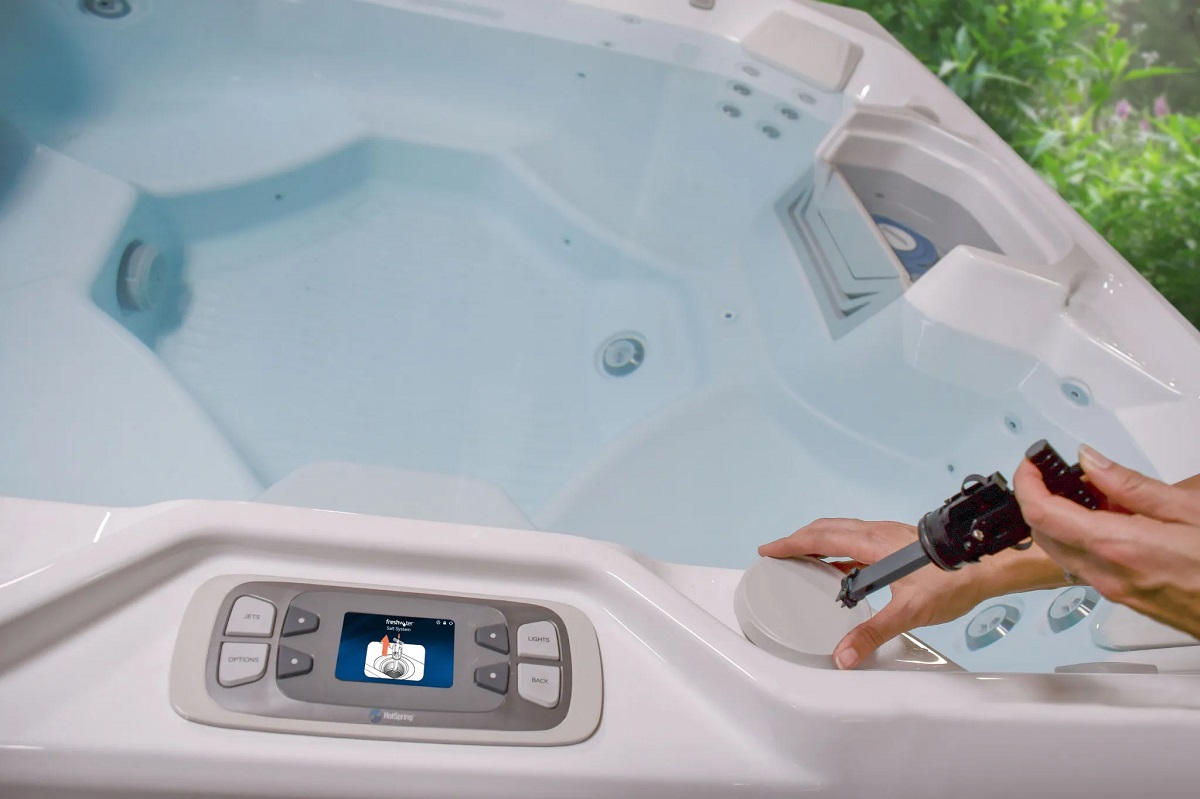

Pool & Spa Care
What Happens If PH Is Too High In Hot Tub
Published: December 28, 2023
Learn how to manage high pH levels in your hot tub with expert pool and spa care tips. Prevent damage and keep your water safe and clean.
(Many of the links in this article redirect to a specific reviewed product. Your purchase of these products through affiliate links helps to generate commission for Storables.com, at no extra cost. Learn more)
Introduction
Welcome to the wonderful world of hot tubs, where relaxation and rejuvenation await. As any hot tub owner knows, maintaining the water quality is crucial for a safe and enjoyable experience. One of the key factors in hot tub water maintenance is the pH level. In this article, we'll delve into the importance of pH in hot tubs, specifically focusing on what happens when the pH is too high.
Whether you're a seasoned hot tub enthusiast or a newcomer to the world of hydrotherapy, understanding the impact of high pH in your hot tub is essential for ensuring the longevity of your investment and the well-being of its users. So, let's embark on a journey to unravel the mysteries of pH imbalance in hot tubs and discover the potential consequences of elevated pH levels.
Key Takeaways:
- High pH in hot tubs can lead to cloudy water, skin irritation, and reduced sanitizer effectiveness. Regular testing and pH adjustment are crucial for maintaining a comfortable and safe hot tub experience.
- To lower pH in a hot tub, use pH decreasers, aerate the water, balance alkalinity, replace some water, and test regularly. Overcorrecting pH can lead to further imbalances, so caution is key.
Read more: What Is PH In A Hot Tub
Understanding pH in Hot Tubs
Before we explore the effects of high pH in hot tubs, it’s essential to grasp the significance of pH in this aquatic oasis. The pH level measures the acidity or alkalinity of the water on a scale of 0 to 14, with 7 being neutral. In the context of hot tubs, the ideal pH range typically falls between 7.2 and 7.8, slightly on the alkaline side. This range is conducive to maintaining water clarity, preventing corrosion, and ensuring the effectiveness of sanitizers.
When the pH strays beyond this optimal range, it can lead to a host of issues, including diminished sanitizer efficiency, skin and eye irritation, and potential damage to the hot tub components. High pH, specifically, refers to a pH level above 7.8, indicating alkalinity. This deviation can stem from various sources, such as the introduction of high-pH chemicals, the use of hard water, or even environmental factors.
Monitoring the pH level of your hot tub is a fundamental aspect of routine maintenance. Regular testing and adjustment of the pH level, along with other water chemistry parameters, are vital for preserving the quality of the water and the overall hot tub experience. By comprehending the role of pH and its impact, hot tub owners can proactively address imbalances and maintain an inviting and safe environment for relaxation and hydrotherapy.
Effects of High pH in Hot Tubs
When the pH in a hot tub climbs above the recommended range, a cascade of effects can ensue, compromising both the water quality and the comfort of those enjoying the soothing waters. One of the primary consequences of high pH is the reduced efficiency of sanitizers, such as chlorine or bromine. These essential chemicals work best within a specific pH range, and when the pH is too high, their ability to combat bacteria and other contaminants diminishes, leaving the water vulnerable to microbial growth.
Furthermore, high pH can lead to cloudy or murky water, detracting from the visual appeal of the hot tub and indicating a potential imbalance in the water chemistry. This cloudiness is often accompanied by scaling or mineral deposits on the hot tub surfaces, which can be challenging to remove and may necessitate extensive cleaning and maintenance.
From a user perspective, elevated pH levels can result in skin and eye irritation, disrupting the tranquil experience that hot tub enthusiasts seek. The alkaline environment can leave the skin feeling dry and itchy, while also causing discomfort to the eyes. Prolonged exposure to high-pH water can exacerbate these effects, detracting from the relaxation and therapeutic benefits of soaking in a hot tub.
Additionally, high pH can impact the longevity of hot tub components, such as the heater, pump, and plumbing. The alkaline conditions may contribute to scale buildup within the plumbing and on the heating elements, potentially reducing their efficiency and necessitating maintenance or repairs. This not only poses a financial burden but also disrupts the enjoyment of the hot tub due to downtime for maintenance.
Ultimately, the effects of high pH in hot tubs extend beyond water quality, encompassing user comfort and the integrity of the hot tub infrastructure. By recognizing these effects, hot tub owners can take proactive measures to address high pH levels and maintain an optimal hot tub environment for relaxation and well-being.
To lower the pH in a hot tub, you can add a pH decreaser or muriatic acid. Follow the manufacturer’s instructions and test the water regularly to ensure it stays balanced.
Risks and Consequences
High pH in a hot tub poses a myriad of risks and consequences that can impact both the hot tub system and the individuals enjoying its therapeutic waters. One of the foremost concerns is the potential for bacterial and algae growth due to the diminished efficacy of sanitizers in high-pH environments. This can compromise water quality and, in severe cases, pose health risks to hot tub users.
Moreover, the presence of scaling and mineral deposits resulting from high pH can mar the aesthetic appeal of the hot tub and necessitate extensive cleaning efforts to restore its pristine condition. These deposits not only detract from the visual allure of the hot tub but also contribute to clogging and reduced efficiency of the filtration system, further exacerbating water quality issues.
From a financial standpoint, the long-term consequences of high pH can manifest in the form of increased maintenance and potential damage to hot tub components. Scale buildup within the plumbing and on heating elements can impede the functionality of these vital components, leading to decreased efficiency and potentially costly repairs.
For hot tub users, the discomfort and potential health effects of prolonged exposure to high-pH water are significant concerns. Skin irritation, dryness, and itchiness can detract from the relaxation and therapeutic benefits of soaking in a hot tub, while eye irritation can further diminish the overall hot tub experience.
Furthermore, the impact of high pH on the hot tub system can result in downtime for maintenance and repairs, disrupting the availability of this cherished retreat for relaxation and hydrotherapy. This not only inconveniences hot tub owners but also detracts from the consistent enjoyment and well-being that a well-maintained hot tub provides.
By understanding the risks and consequences associated with high pH in hot tubs, owners can prioritize the regular monitoring and maintenance of water chemistry, ensuring a safe, inviting, and sustainable hot tub environment for all to enjoy.
How to Lower pH in a Hot Tub
Addressing high pH in a hot tub requires a systematic approach to restore the water to its optimal balance. Here are several effective methods for lowering the pH in a hot tub:
- Use pH Decreaser: One of the most direct methods for lowering pH is to utilize a pH decreaser, often available in the form of granules or liquids. These products are specifically designed to reduce the pH level in hot tub water, helping to restore it to the recommended range. It’s important to carefully follow the manufacturer’s instructions and gradually add the decreaser while monitoring the pH to avoid overcorrection.
- Aerate the Water: By introducing air into the hot tub water, either through aeration jets or simply allowing the water to circulate and interact with the air, the pH can naturally decrease over time. This method is particularly effective for mildly elevated pH levels and can complement the use of pH decreasers.
- Balance Alkalinity: In some cases, high pH may be linked to imbalanced total alkalinity. By adjusting the total alkalinity to the appropriate range (typically 80-120 ppm), the pH can subsequently stabilize within the desired parameters. Utilize alkalinity increasers or decreasers as needed to achieve the optimal balance.
- Replace a Portion of the Water: If the pH remains stubbornly high despite other efforts, partially draining and refilling the hot tub with fresh water can dilute the alkalinity and assist in lowering the pH. This approach can be particularly beneficial if the water source has a lower pH than the existing hot tub water.
- Regular Testing and Adjustment: Consistent monitoring of the pH level, ideally using a reliable test kit, is essential for maintaining the water within the recommended range. By incorporating routine testing into the hot tub maintenance regimen, owners can promptly identify pH imbalances and take proactive measures to rectify them.
It’s important to approach pH adjustment with caution, as overcorrecting the pH can lead to subsequent imbalances and necessitate further adjustments. Additionally, maintaining other water chemistry parameters, such as sanitizer levels and calcium hardness, is integral to preserving the overall water quality and ensuring a harmonious hot tub experience.
By employing these strategies and staying attuned to the nuances of pH maintenance, hot tub owners can effectively lower the pH and foster a balanced, inviting aquatic environment for relaxation and well-being.
Conclusion
As we conclude our exploration of the effects and remedies for high pH in hot tubs, it becomes evident that maintaining the pH within the recommended range is paramount for preserving water quality, user comfort, and the longevity of the hot tub system. High pH can instigate a domino effect of consequences, from compromised sanitizer efficacy and cloudy water to skin and eye irritation, mineral deposits, and potential damage to hot tub components.
However, armed with an understanding of pH dynamics and effective pH-lowering methods, hot tub owners can proactively address high pH levels and sustain an optimal aquatic environment. By leveraging pH decreasers, aeration, alkalinity adjustments, water replacement, and diligent testing, hot tub enthusiasts can restore the pH to its ideal range and safeguard the hot tub experience for themselves and their guests.
Moreover, the significance of regular maintenance and water chemistry monitoring cannot be overstated. Consistent testing, adjustment, and overall vigilance contribute to a harmonious and inviting hot tub environment, fostering relaxation, rejuvenation, and the myriad benefits of hydrotherapy.
Ultimately, by recognizing the implications of high pH and adopting proactive measures to mitigate its effects, hot tub owners can cultivate a sanctuary of tranquility and well-being, where the therapeutic allure of the hot tub is preserved for all to enjoy.
So, let’s embark on this journey of pH maintenance, ensuring that our hot tubs remain havens of serenity and revitalization, free from the disruptions of high pH and replete with the restorative virtues of hydrotherapy.
Frequently Asked Questions about What Happens If PH Is Too High In Hot Tub
Was this page helpful?
At Storables.com, we guarantee accurate and reliable information. Our content, validated by Expert Board Contributors, is crafted following stringent Editorial Policies. We're committed to providing you with well-researched, expert-backed insights for all your informational needs.
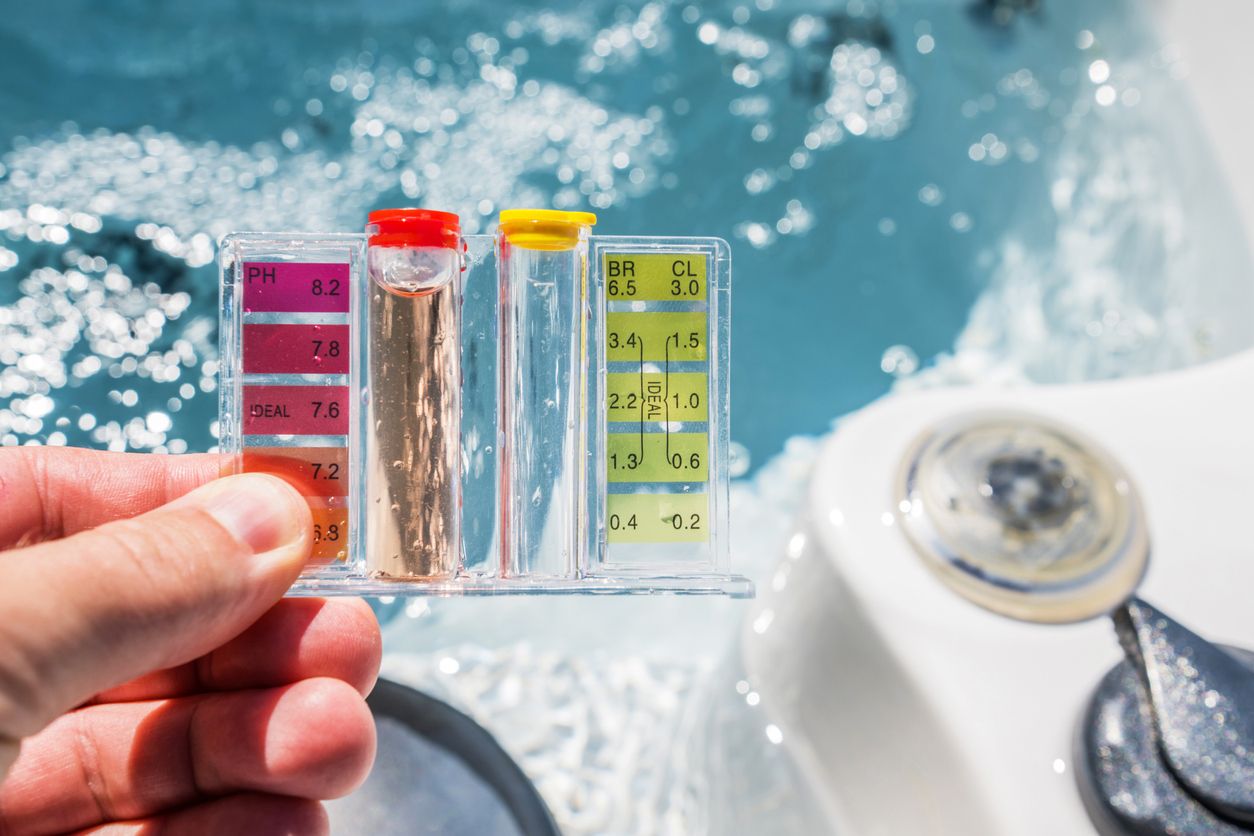
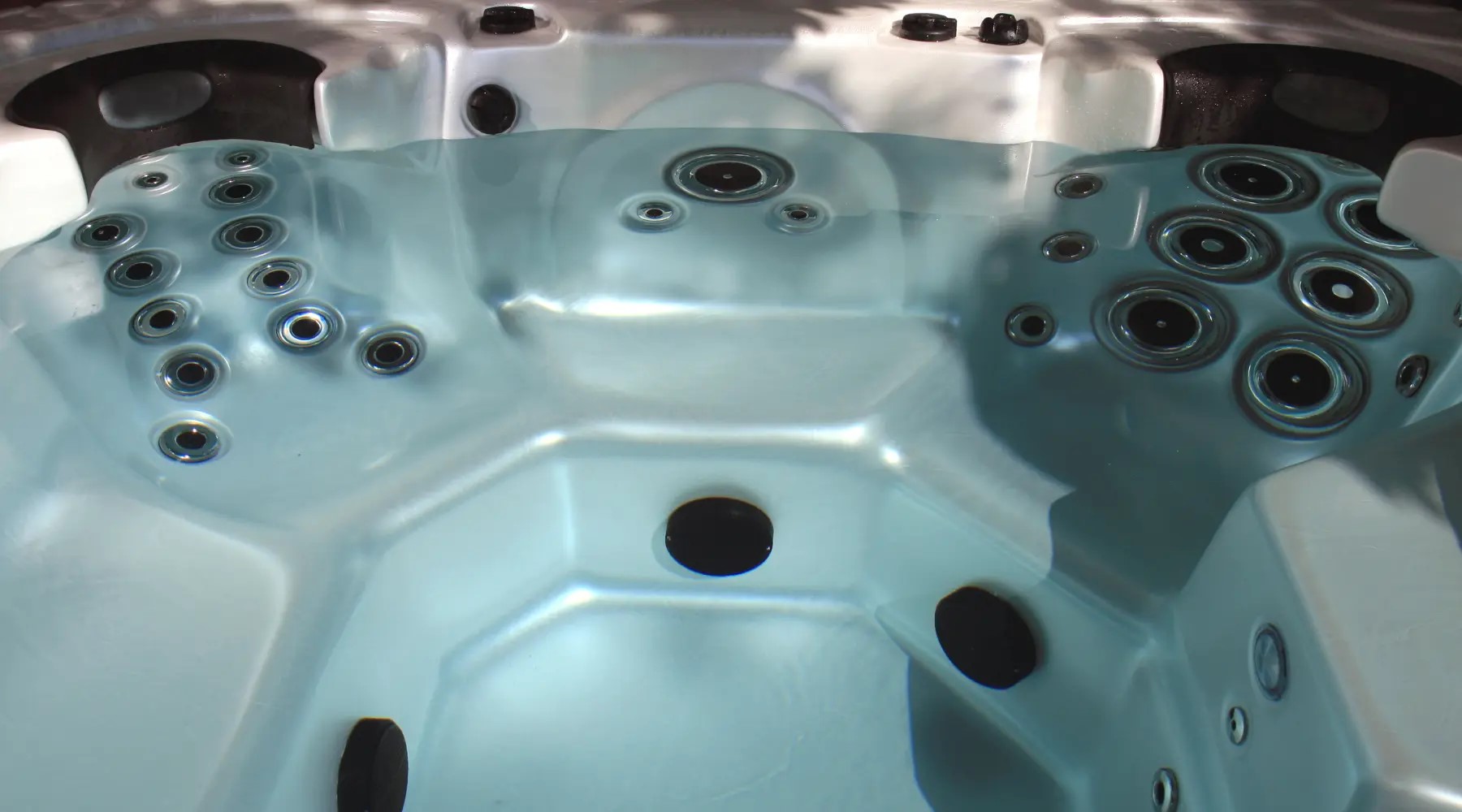
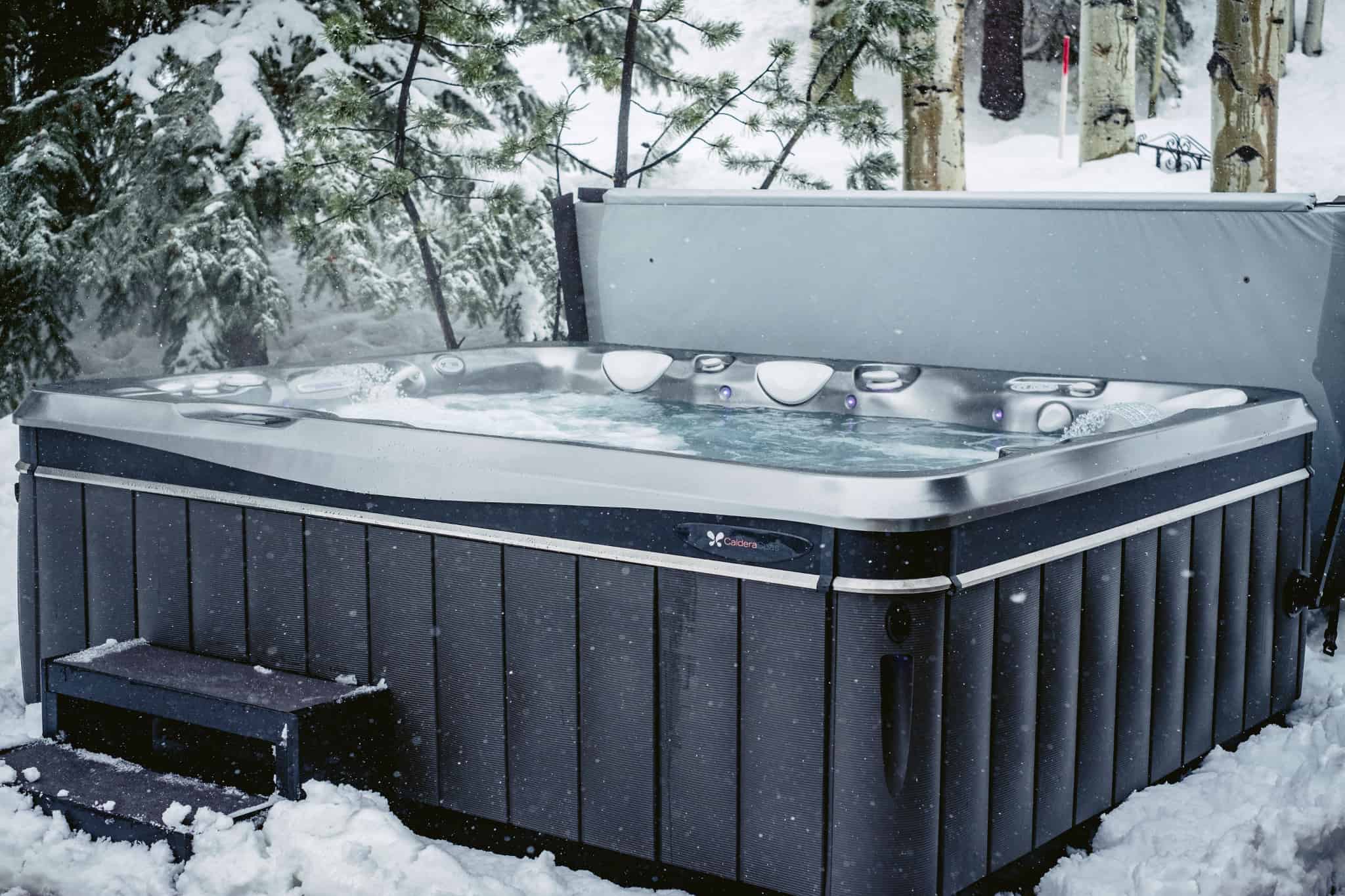
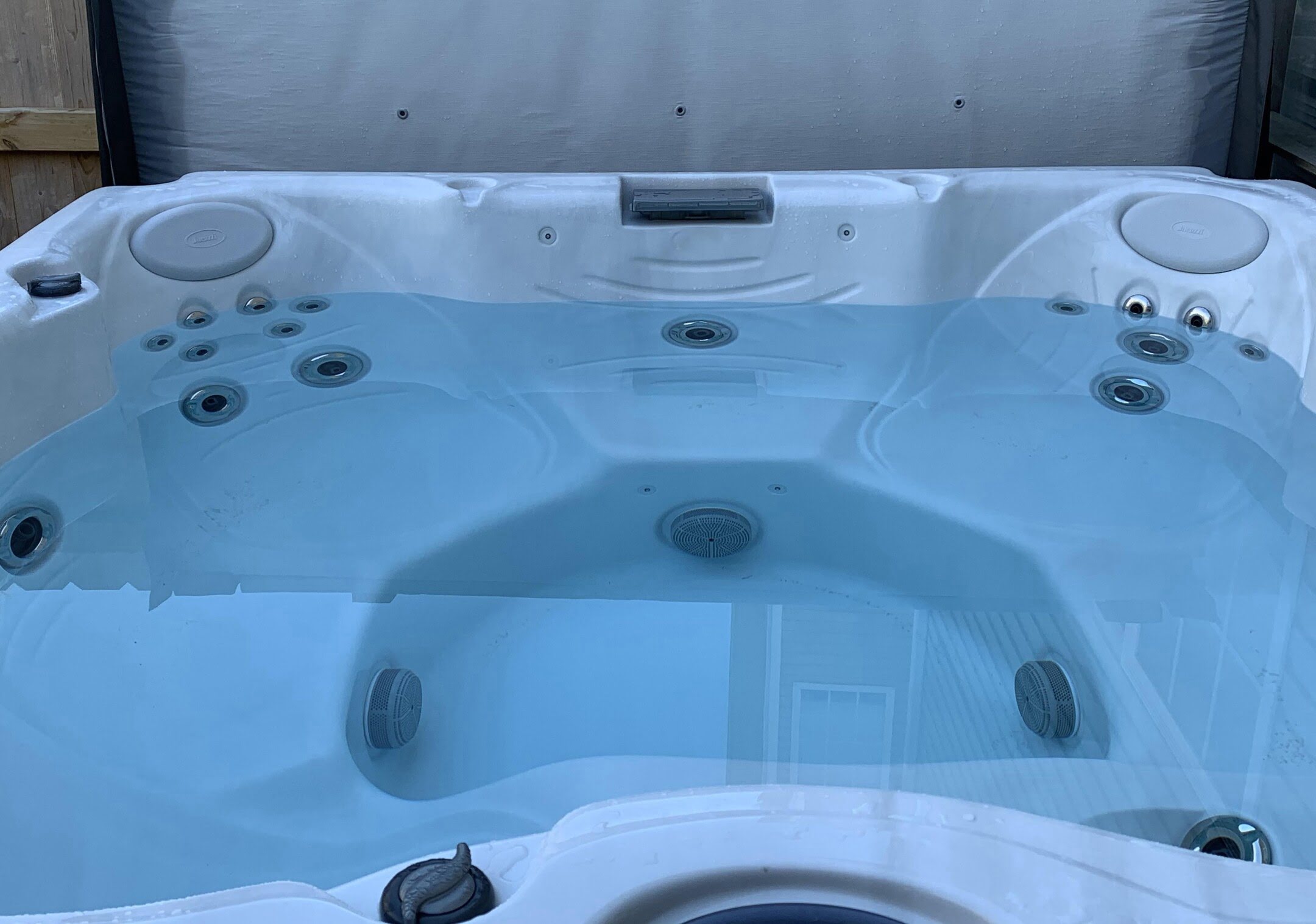
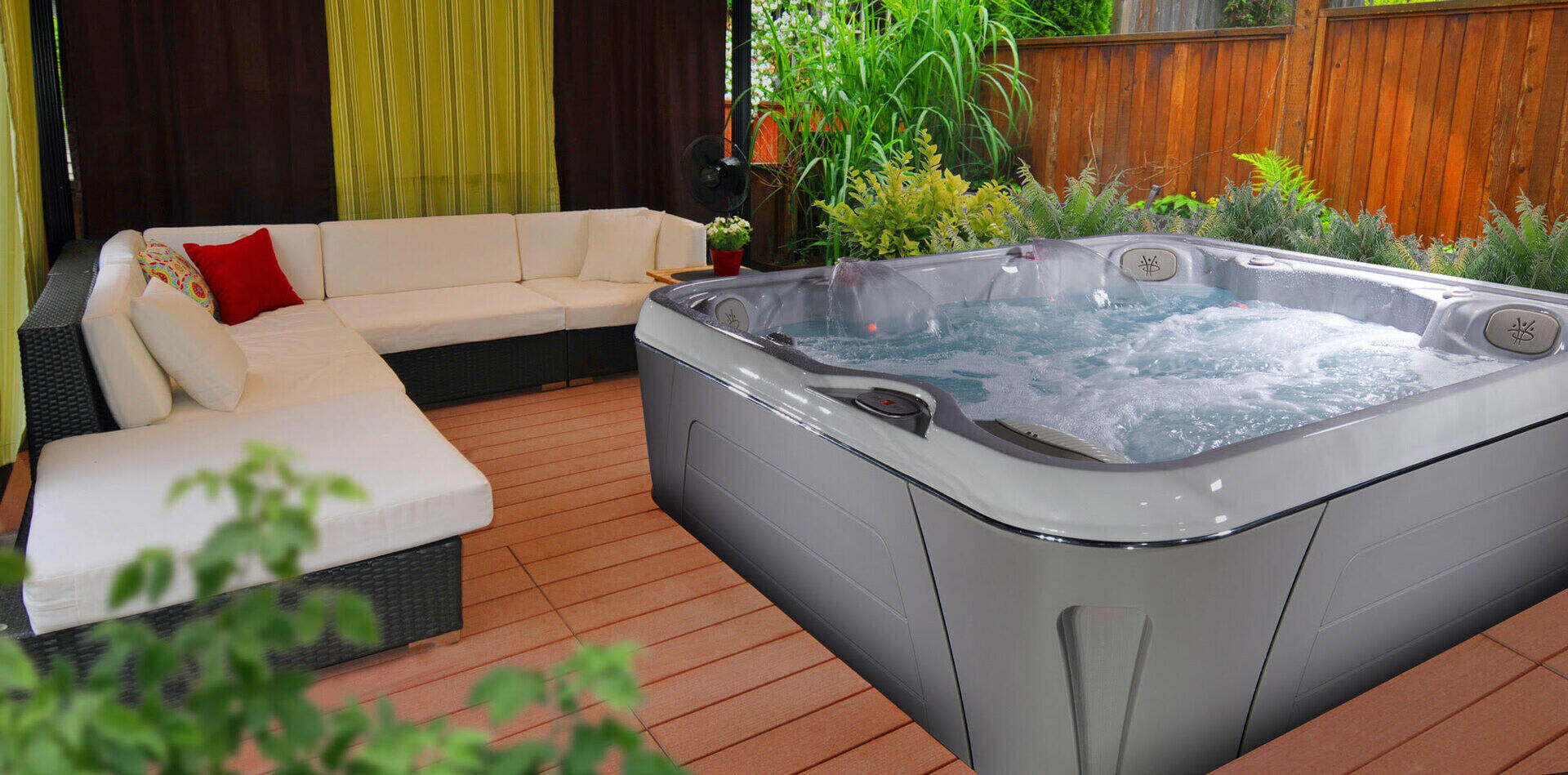
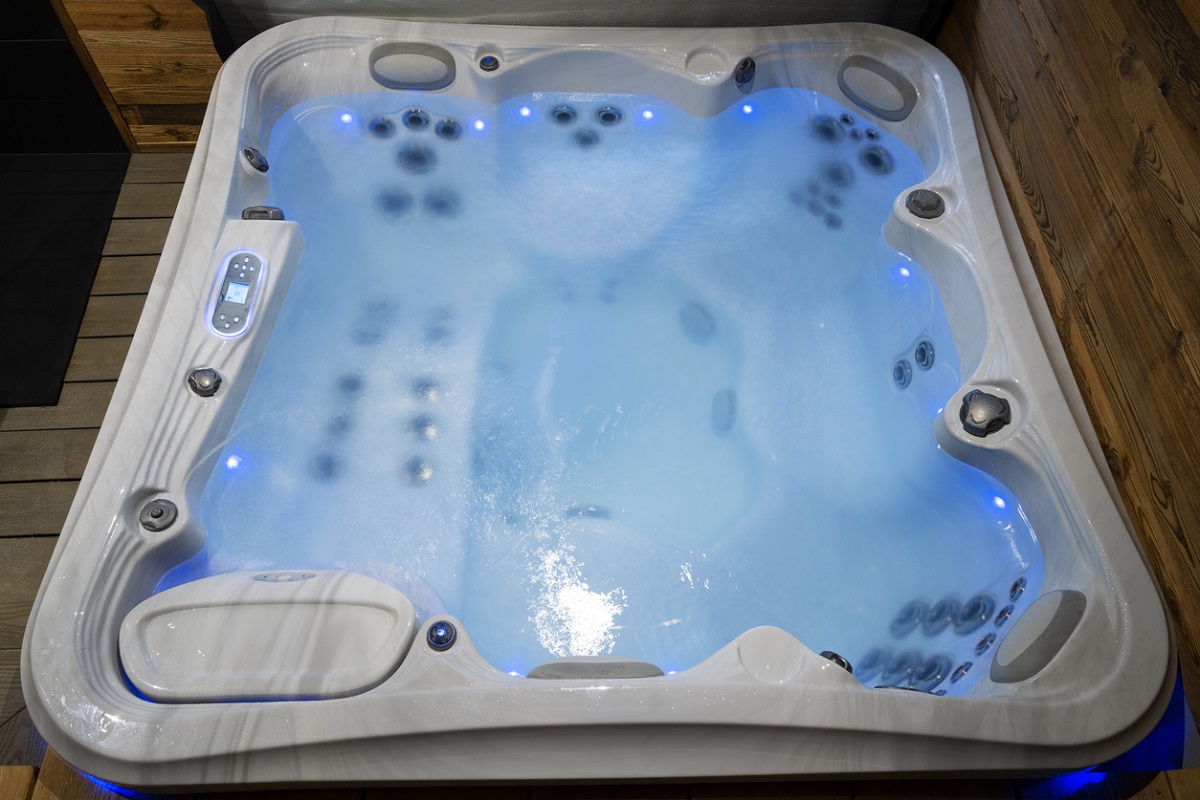
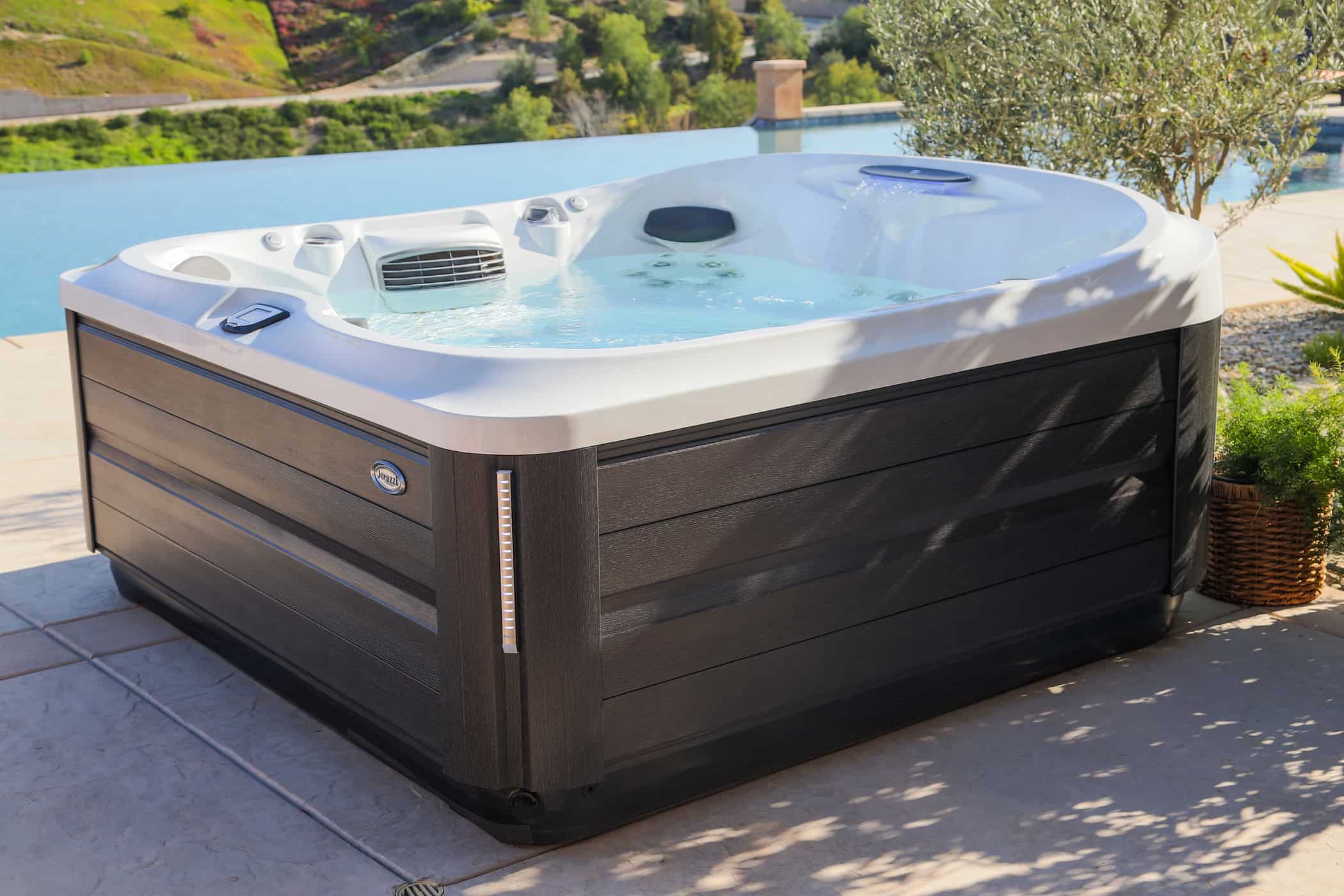
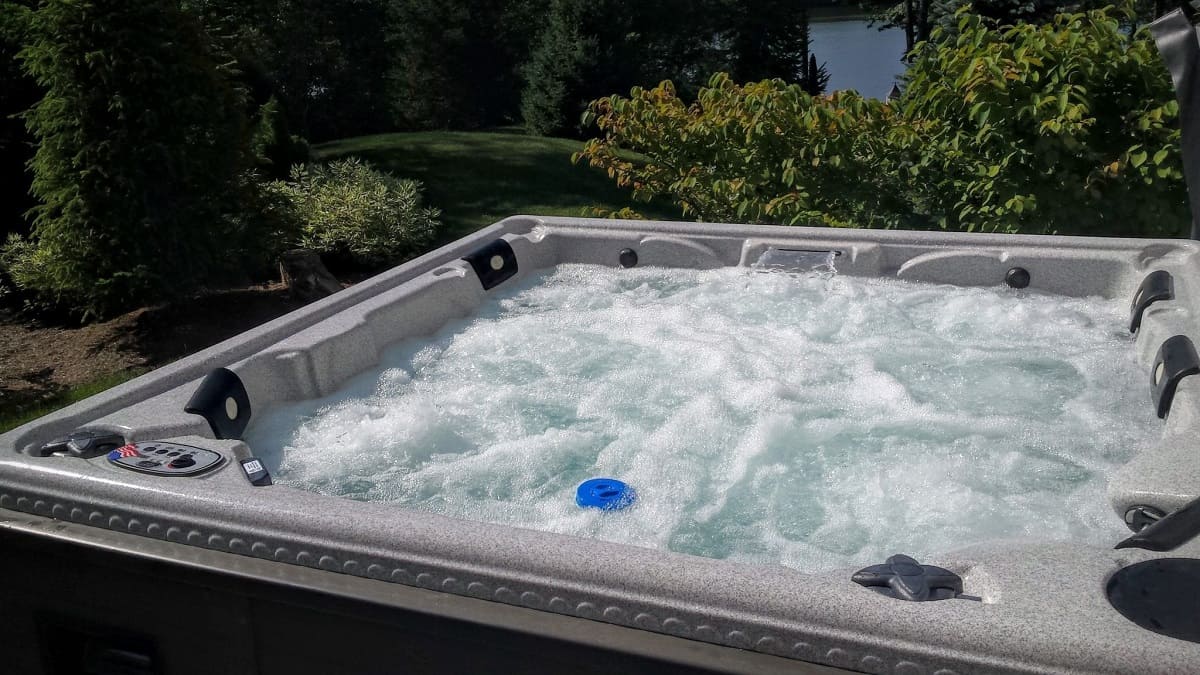
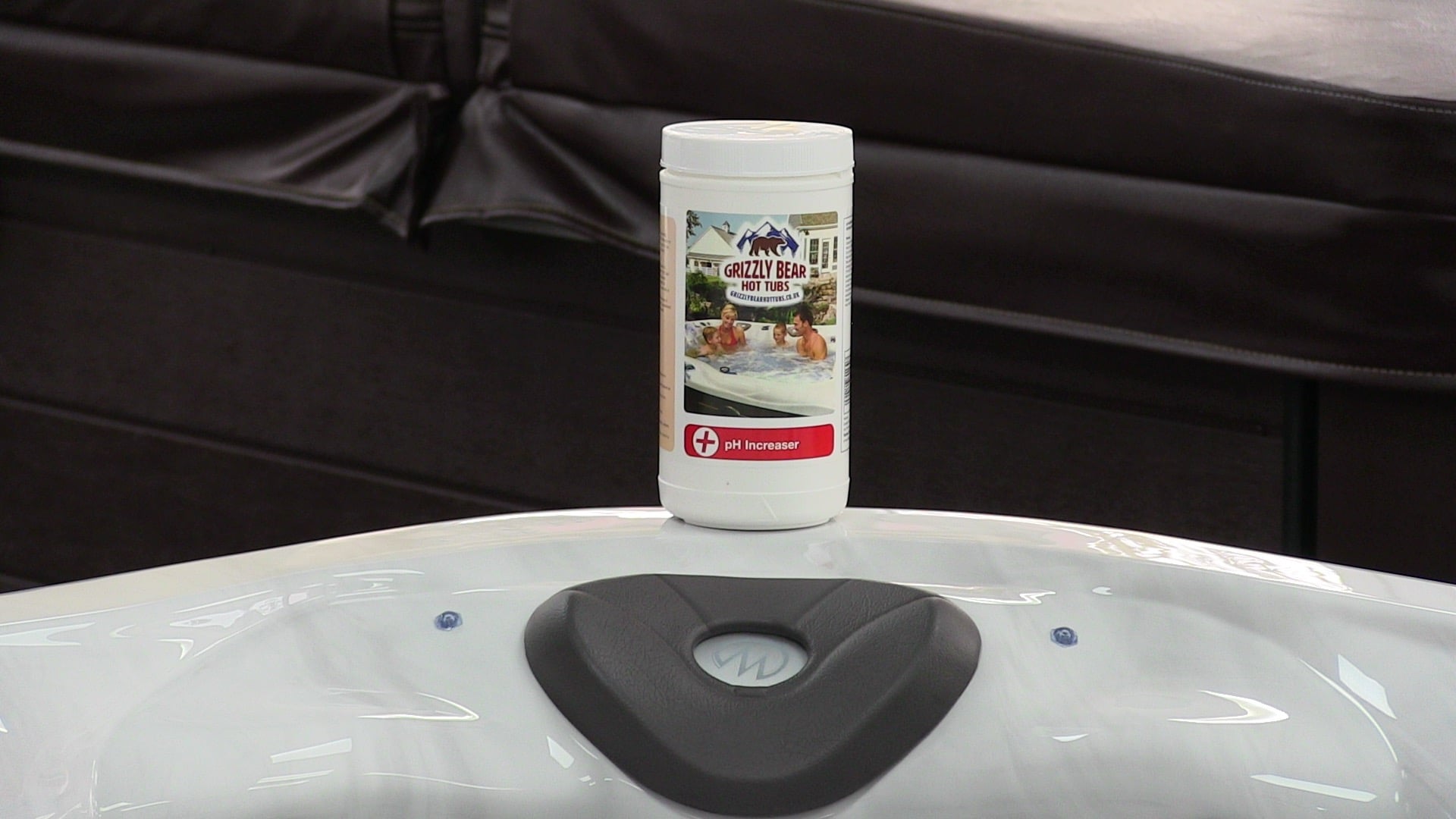

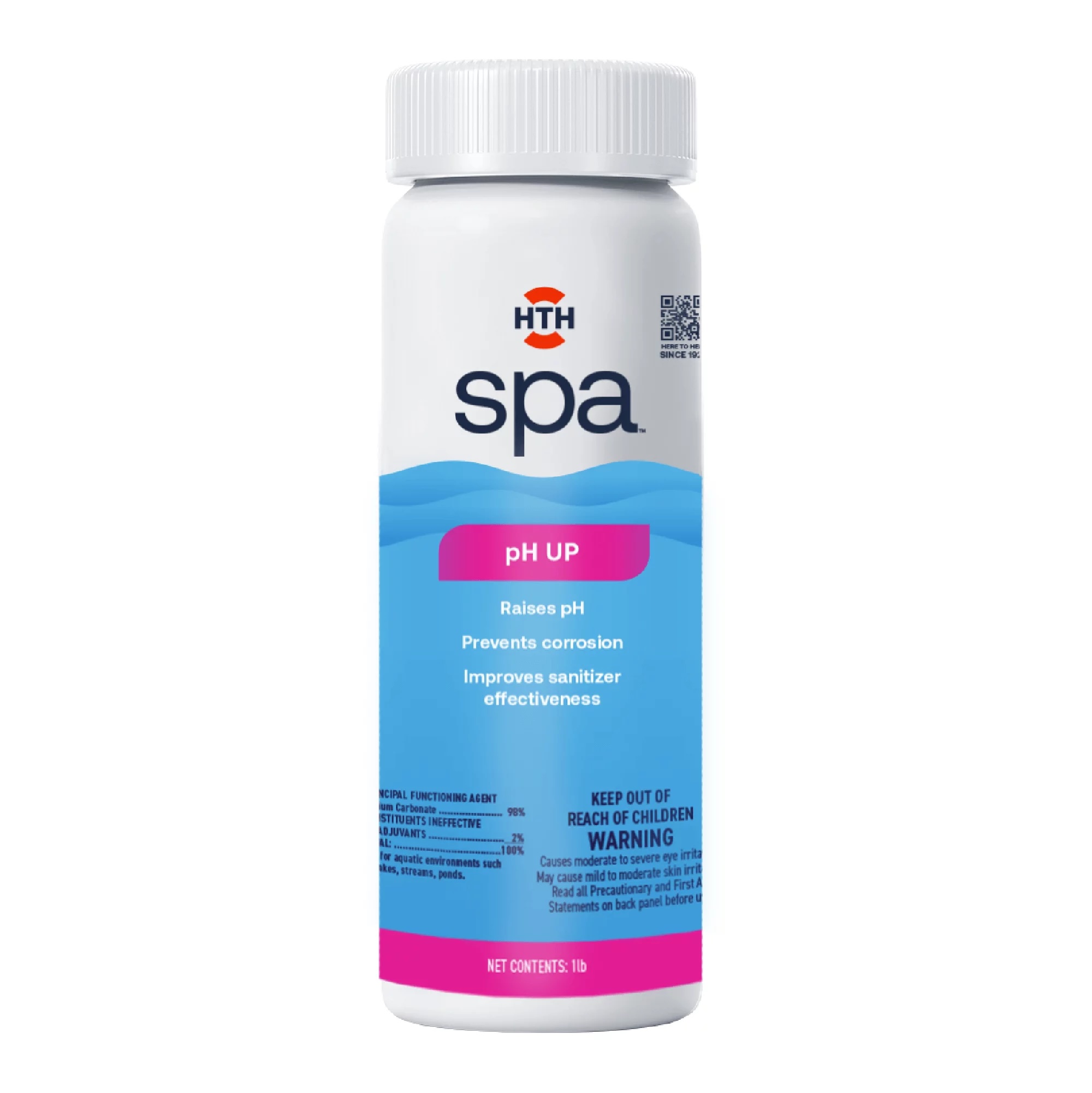
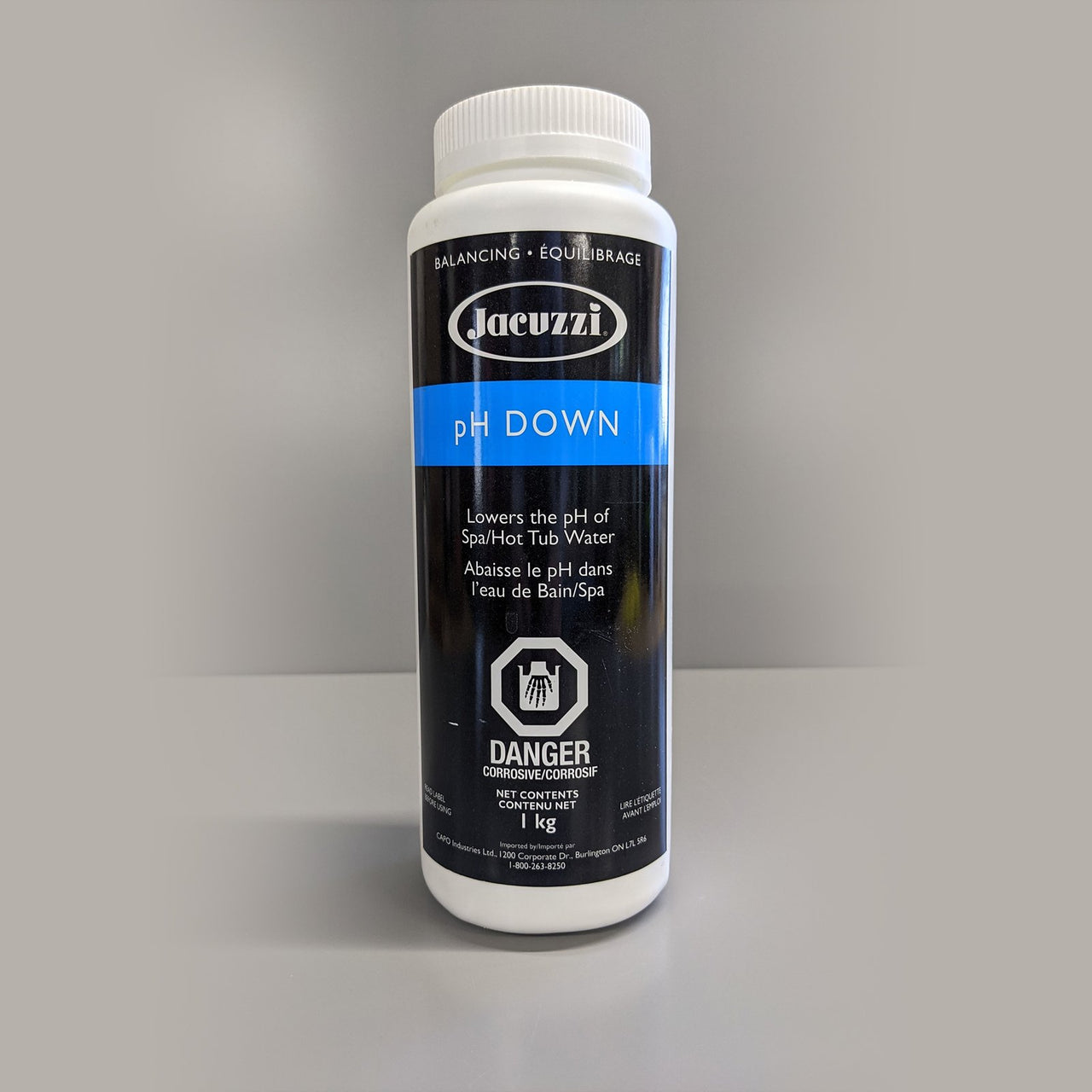
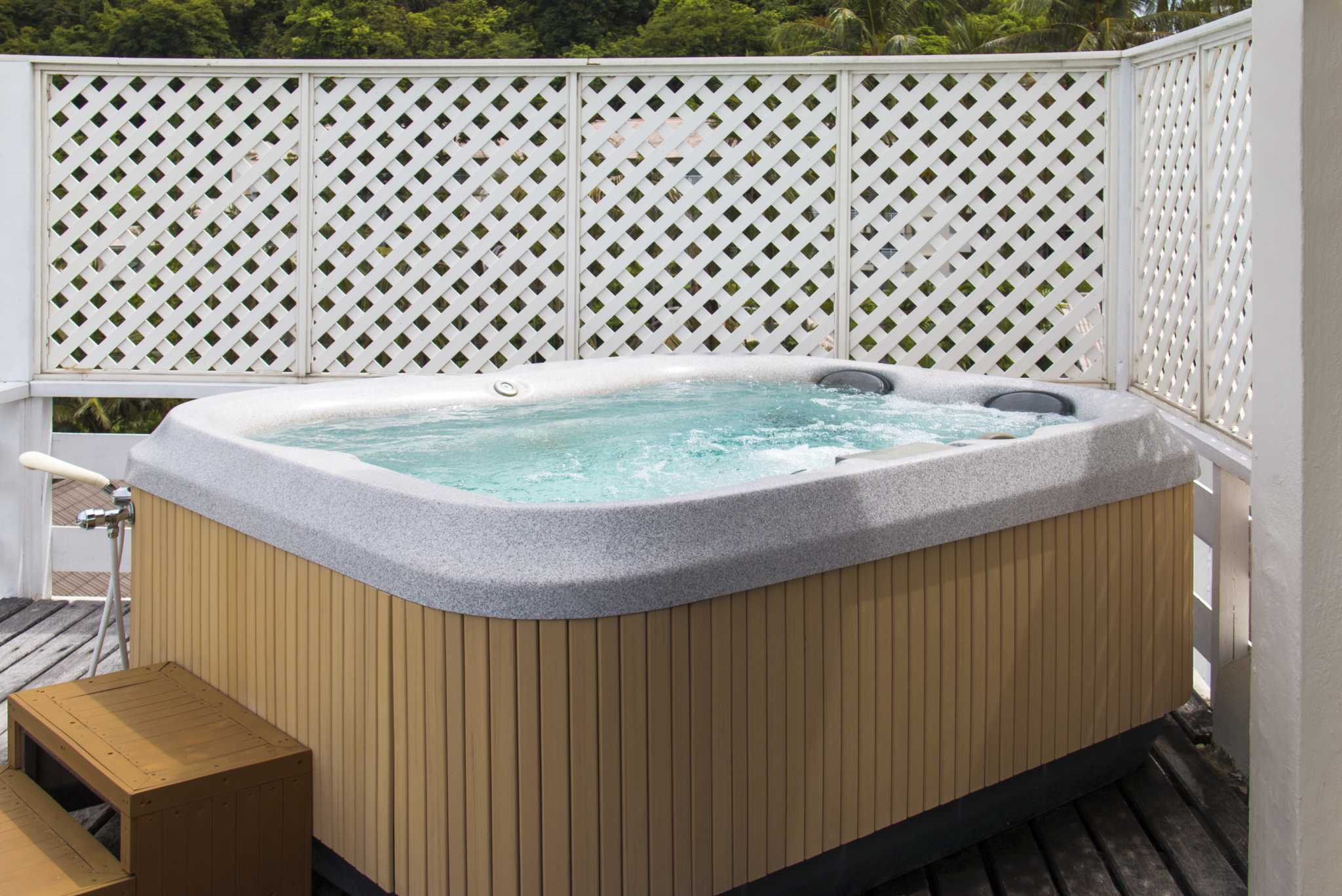


0 thoughts on “What Happens If PH Is Too High In Hot Tub”